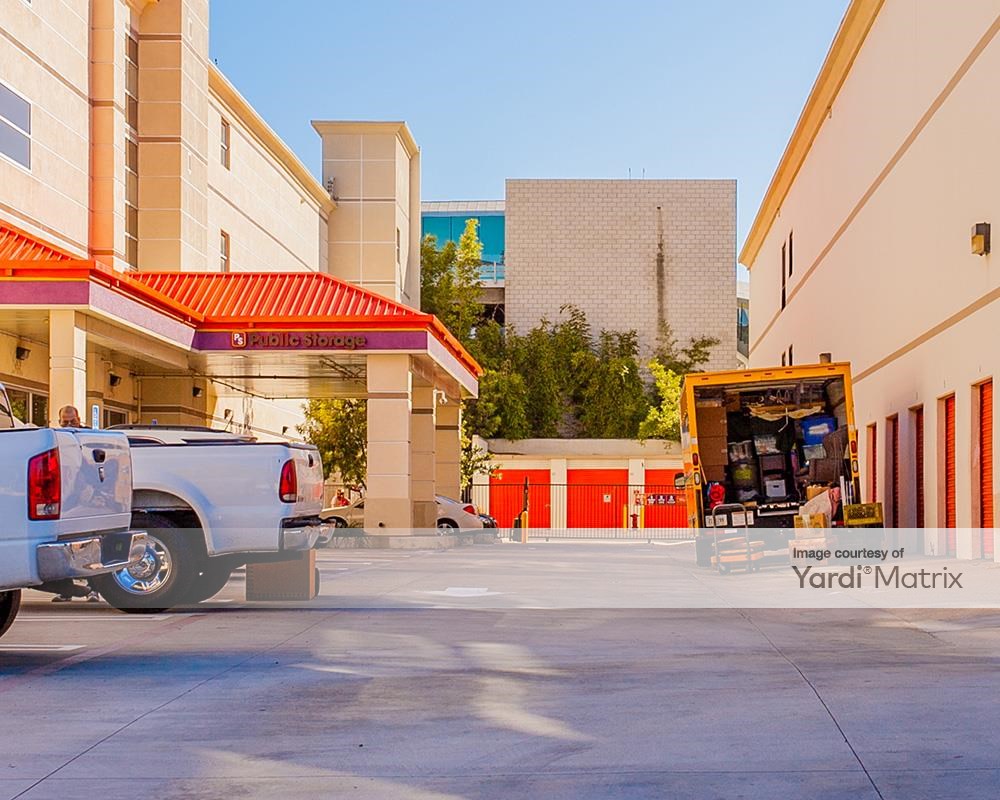Building Brand Awareness in the Self-Storage Industry
To bring business, building up a brand image and customer awareness of it can be the key to success, encouraging clients to connect with your product and make a purchase.
The self-storage industry has developed considerably in recent years, and there is now a lot of competition in the marketplace. Particularly in densely populated areas, competitor providers may have similar ranges of unit sizes and accessibility and security options. To bring business, building up a brand image and customer awareness of it can be the key to success, encouraging clients to connect with your product and make a purchase.
As if straightforward competition wasn’t enough, there is a new force to be reckoned with in the shape of peer-to-peer storage solutions, which don’t require dedicated facilities at all and charge about half the rent. Perhaps the best known of these is Neighbor.com, which Fast Company named a World Changing Idea earlier this year. All in all, traditional storage providers may now need to position themselves more cleverly than before.
While increasing advertising budget is a usual way to promote a product, marketing wisdom states that you need to double it to increase brand awareness by just 1 percent. This would be a big financial hit for smaller operations. However, there are economical ways in which a storage operator can increase brand awareness by being media savvy and aware of what interests its clients.
Curb Appeal Counts
Brand recognition has a big influence on a customer’s purchasing decision, encompassing factors beyond simply the brand’s name such as logos, advertising taglines and much more. Self-storage purchasing decisions may be made to an extent based on site location, but with more people booking online and paying for delivery and pick-up services, that is now less of an influence.
Any strategy for increasing your brand awareness should consider what other storage businesses in the vicinity provide and what they look like, so your facility can stand out and clinch the deals. A strong brand awareness not only helps attract and retain storage renters, but it might also help you get the sort you want; customer loyalty means longer rents and so less time wasted doing paperwork for new ones.
Small operations often rely on word-of-mouth referrals, but a demand study by the Self Storage Association reported that the most common way in which people first learn about a storage facility is while driving past it. First impressions are important, and brand awareness follows on from that. Using the same colors and fonts consistently to create a recognizable brand image, both on signage and online, is a tried and trusted tactic.

Public Storage Facility at 8512 National Blvd in Culver City.
People are increasingly looking to book storage online, and this amplifies the need for a good brand image that stands out from the crowd as many facilities are in view at the same time. Storage listings sites like STORAGECafé usually provide useful sets of filters so renters can view the facilities that suit their needs. Site visitors can then quickly make a connection between the brands they see there and what they already think about them, which will inform which one they click on.
How the Big Players Do It
The industry’s biggest players manage close to or over a thousand facilities nationwide, and they can spend on marketing. Storage providers wishing to build awareness would be well advised to look at how these companies brand themselves. Issues such as security and cleanliness are often paramount in their advertising, but another attribute may make a company stand out from the pack. Here are three of the US’s biggest storage operators.
Extra Space Storage
Extra Space Storage is the US’s largest self-storage management company and uses the tagline “Holding on to what matters,” an idea that may well resonate with many people looking for storage. Their website emphasizes that renting a unit with them is straightforward and worry-free.
Public Storage
Having opened its first facility in 1972, Public Storage now has more self-storage facilities around the world than anybody else, and states that “after 40 years, you learn what people want.” Another tagline that may well stick in customers’ memories is “Just think of us as an extension of your home.”
CubeSmart
Under its current name, CubeSmart has been in existence only since 2004 but is now the US’s fourth largest self-storage operator. It brands itself based on its teamwork, dedication and “can do” attitude. And its website reveals a serious commitment to green issues, which can be a deal maker these days.
Be Media Savvy: Online and Offline
Many different media platforms are currently being used to promote self-storage businesses. Providers can start blogs on their websites featuring not only articles about storage but also more recreational pieces, helping fix their site in customers’ minds as somewhere that’s interesting to visit and encouraging them to return. Posting how-to videos is another option.
Smaller storage providers, who may lack both the resources and the time to do it themselves, can turn to social media, posting pictures and comments about their services. The opportunity for two-way communications with clients, who can post enquiries and have them answered, encourages brand loyalty. Data analytics and SEO are also used by many companies hoping to attract customers.

Image courtesy of Pixabay
Another strategy is to build good relationships with the more traditional media. To counteract local pressure groups complaining that storage facilities “bring down the neighborhood,” reach out to local journalists and let them see the other side of the story, the part where storage facilities improve people’s lives by sheltering prized possessions. It’s not just old TVs that go into storage. It’s bikes and ski equipment, or nursery furniture that has outgrown the first kid but will do just right for the second, and so on. Upbeat stories and an openness and willingness to interact can generate positive brand awareness.
Another inexpensive way storage businesses can create brand awareness is to take the comedic route, putting up placards that raise a smile and hopefully fix the company’s name in people’s minds. Manhattan Mini Storage is a provider that has specialized in this over the years, with slogans like: “Storing at Your Parents Means Having to Visit!”
Know Your Target Audience
Even with greater competition among self-storage providers, the storage sector may continue to grow due to increasing urbanization that causes many people to now live in smaller spaces. In addition, we are seeing baby boomers downsizing from their family homes to less generous retirement accommodation. In both cases, one consequence is that a lot of personal possessions are left over and needing a home.
The self-storage industry needs to adapt to all these trends and brand itself as a friend to the types of people who are most likely to use it. Knowledge of the target markets is a key factor and use of new technology will be advantageous. Even with talk of an economic downturn in the air, self-storage may still be a wise and recession proof investment if it’s done sensibly.







You must be logged in to post a comment.